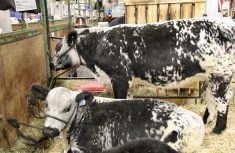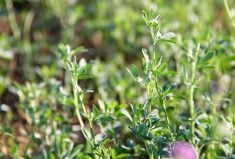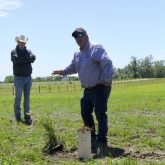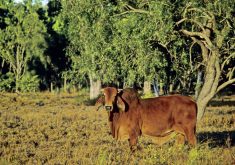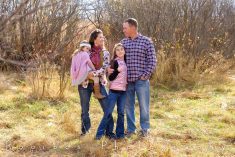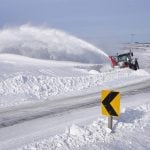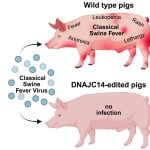He hails from Snowy River,
up by Kosciusko’s side,
Where the hills are twice as steep
and twice as rough…
— A.B. “Banjo” Patterson, The Man From Snowy River
We are a small band of BlazeAid volunteers gathered after dinner for a special rendition of Patterson’s epic poem, belted out by a hid- den talent from Wollongong.
Earlier today his wife quoted these famous lines to me as we paused to catch our breath on the steep and rocky inclines, threading and twitching wire along new metal posts on the edges of a burnt-out fenceline. As the crow flies, we aren’t far from the heights of Australia’s highest peak where the hero of Snowy River made his legendary ride.
Read Also
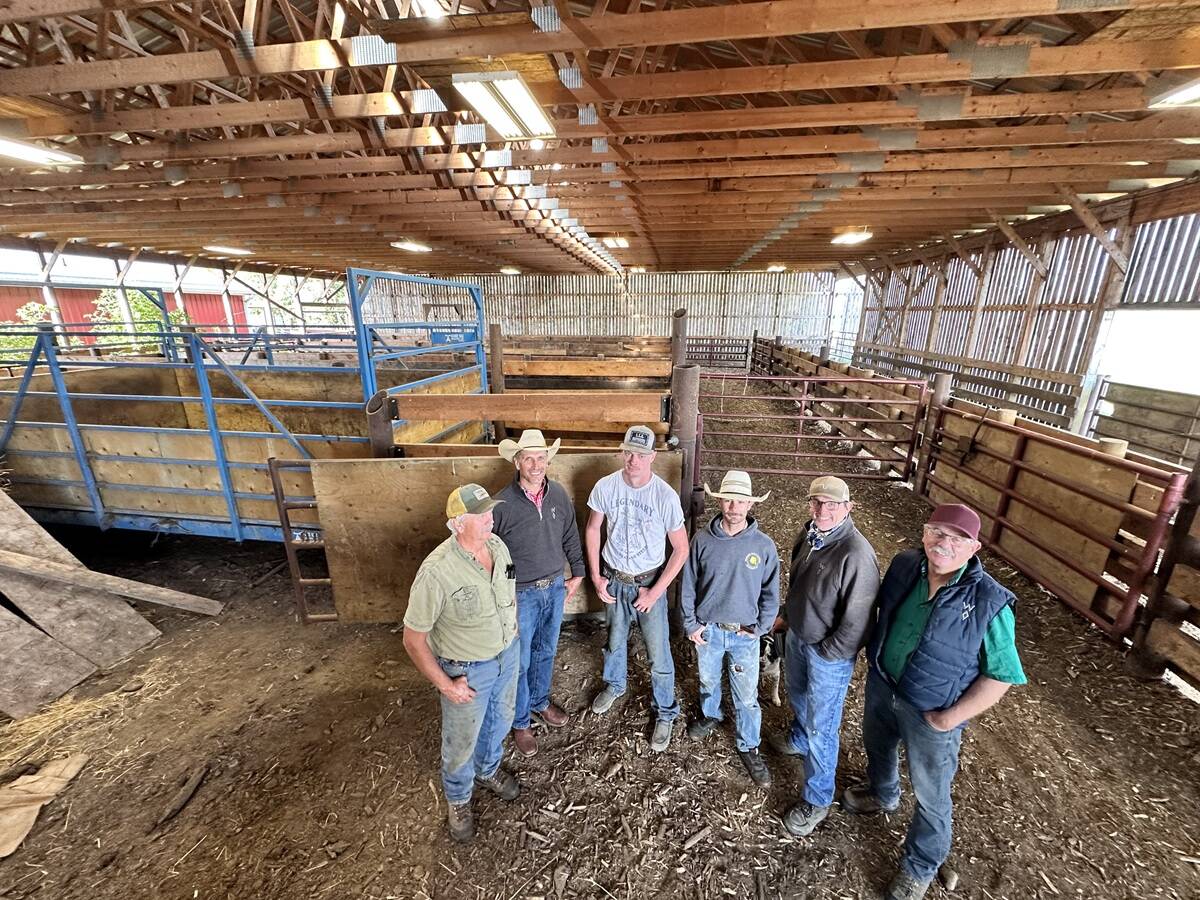
Farm families work together to graze cropland with cattle in the fall
These Alberta farm families have separate operations, but work together to manage their land
As I listen tonight I feel quite sad. Tomorrow my grand adventure will be abruptly ended by the menace of a global pandemic and I will reluctantly leave behind the camaraderie of our little group. I have finally managed to secure a flight back to Canada, forced to heed warnings to “Come Home Now!” Even here, in the small rural town of Tumbarumba, New South Wales, we get daily alerts on handwashing and symptoms.
Camp co-ordinator Garry Wilson informs us that the COVID-19 threat means no new people will now be accepted, effectively forcing all remaining BlazeAid camps across the country to gradually stop operations.
The non-profit was started in 2009 as a result of devastating fires in the nearby state of Victoria. Relying entirely on volunteer labour and, until recently, exclusively donated funds, they help rural families with fence rebuilding and recovery after natural disasters such as fires. Volunteers bring their RVs or tents to the camps and are supplied with three meals a day. Working in teams, they help for as much time as they can spare. During the unprecedented fire season that ravaged Australia during their summer of 2019-20, over 70 camps were established.
I arrived in this camp in early March, planning to stay for two weeks. Wilson and his wife Kay helped set it up in early February. It soon had 100 local farmers registered for assistance.
The couple had sold their nearby farm just before Christmas and were both wondering what they would do with all their free time. The answer came on New Year’s Eve when lightning started fires that raged uncontrollably for days, decimating the countryside and destroying many homes and farms. A mere whim of the wind had saved the town as the fires moved on to the adjacent Kosciuszko National Park, destroying huge swaths of grazing land, pine plantations, vineyards, beehives and orchards, and killing large numbers of livestock and wildlife in the process.
The two immediately took on the almost full-time job, KayWilson managing the volunteer kitchen staff and daily meal preparation, while Garry Wilson teamed with Rob Golgini, another local, to organize camp operations, damage assessments and job allocations. The Wilsons had both faced plenty of challenges — you don’t run a farm for 40 years, taking the award for the world’s finest bale of wool for 10 consecutive years, without drawing on a few reserves of grit and resilience along the way. But this was entirely new.
For Kay Wilson, the strain of a relentless daily schedule of feeding as many as 30 hungry people, plus the many hours she spent doing “talk therapy” with traumatized locals showed in her face. Garry Wilson, accustomed to a solitary farm life, was suddenly confronted with the task of organizing a constantly changing group of volunteers with unexpected questions on everything from marriage counselling to dead dog disposal! Golgini, who lost all his sheds and had significant damage to his house, admits he took on the job partly because he “couldn’t face the blackness” on his own place right away.
As they prepared to hand over their duties to new leaders, worn down after several months of almost 24/7 commitment, all three agreed it was the remarkable volunteers they had met, from all over Australia, and as far away as Poland, the U.K. and Canada, that kept them going. Plus the knowledge they were really helping people in a community they loved, who now faced years of emotional and physical recovery.
For me, the camp was a microcosm of the resiliency and perseverance on display across the entire country, where the agri- cultural community has met with a series of almost non-stop disasters. Long before the catastrophic fires, severe drought conditions hit farmers hard across large parts of New South Wales.
Finally, good fall rains helped tame the fires, bringing promise to many across the state. With pastures recovering, livestock prices were soaring as farmers scrambled to replace animals lost to drought and fire. As early as January, fire loss estimates had already topped 20,000 head in New South Wales alone, with the final tally still a moving target. Rural businesses responded to the droughts with a “Buy from the Bush” promotion, sparking a mini-boom in local tourism and trade. Now the destruction of entire towns by fire and the effects of a pandemic have stopped them in their tracks.
As I headed home to Canada, the prospects for agriculture seemed grim. But when I reflected on the astounding resilience I had witnessed during my short stay, I reconsidered. I saw it in the smile of a farmer buoyed by the saving rains. I saw it on the streets of the vibrant little town of Tumbarumba, surging ahead with future plans.
I saw it in the farmer I met who insisted on thanking our team with special coffees made at his tiny mud-brick house with sprinklers on the roof. Surrounded by fire, he saved his home but all his sheds and fences lay in ruins. There was a little “talk therapy” involved that day, but like so many others, he was rebuilding and moving on.
I saw it in the stunning forest regrowth and heard it in the birdsong that filled the paddocks as we worked. I saw it in the extraordinary band of volunteers I met who just showed up and started working, often for weeks; and the woman who drove 450 km to deliver 18 handmade quilts from her local Country Women’s Association branch; and the locals who showed up with entire meals for all of us to give the cooks a break.
I saw it in the strength of people like the Wilsons and Golgini. And I realize that although agriculture still faces enormous challenges in the coming years, grim isn’t the word after all. It’s been a humbling lesson in the power of hope and resilience.



